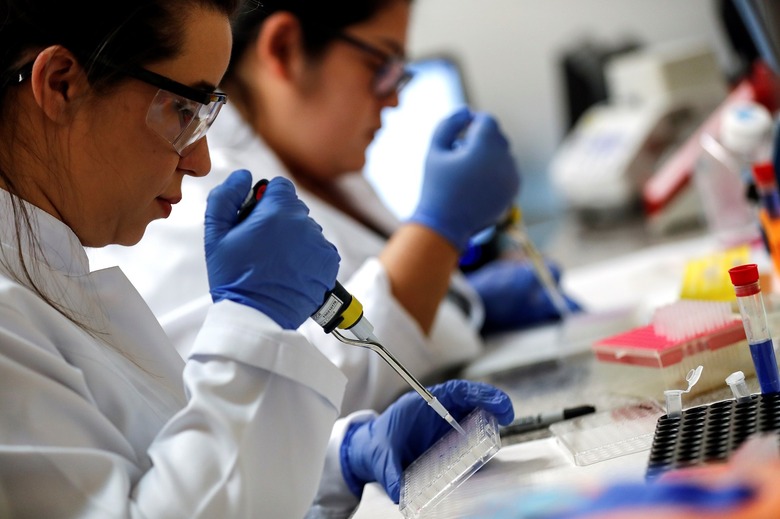Microsoft's New 'Plasma Bot' Tool Will Let Coronavirus Survivors Fight Back Against The Virus
- Microsoft today announced a new 'Plasma Bot' tool to help find recovered coronavirus patients eligible to donate their plasma.
- The antibodies found in a recovered COVID-19 patient is being used to create a therapy for current coronavirus patients
- Visit BGR's homepage for more stories.
A number of tech companies over the past few weeks have devoted significant resources to the ongoing fight against the coronavirus. Earlier this month, for instance, Apple and Google announced an ambitious opt-in program — that operates via Bluetooth — that will allow users to see if they've come into close contact with anyone who previously tested positive for the coronavirus.
More recently, Microsoft today launched a brand new online screening tool called the CoVIg-19 Plasma Bot that helps individuals determine if they're eligible to donate their plasma for coronavirus research purposes. Notably, Microsoft's efforts here are part of the broader CoVIg-19 Plasma Alliance which is comprised of a number of highly regarded biotech companies.
So why is donating plasma so important in the fight against the coronavirus? Well, as Microsoft notes in a blog post on the topic, when an immune system encounters a virus like COVID-19, the body naturally produces antibodies to attack it. If a person manages to recover from the virus, the antibodies can still be found in the blood. And that's exactly what scientists and researchers want to study.
Thankfully, as the human immune system learns to fight off the disease and people recover, we see some very promising ways that people's naturally produced antibodies, which are present in convalescent plasma, can be used as treatment for others. The use of convalescent plasma is a technique dating back to the 1918 Spanish flu epidemic and was effective more recently during the SARS outbreak. Today, there is mounting clinical evidence that plasma collected from those who have recovered from COVID-19 can be used to treat ill COVID-19 patients.
While similar plasma-oriented therapies center on blood transfusions, the goal of the aforementioned CoVIg-19 Plasma Alliance is a bit different. Specifically, the ultimate objective here is to create a therapy called a polyclonal hyperimmune globulin (H-Ig) which would be comprised of "multiple plasma donations" which are pooled together. Consequently, Microsoft notes that the antibodies can then be "concentrated to consistent and reliable levels, meaning the medicine can be delivered in lower volumes and therefore would likely take less time to administer to patients than plasma itself."
If all goes according to plan, the therapy will undergo clinical trials as early as this summer.
Microsoft adds:
The H-Ig process also minimizes risk of any known virus or bacteria passing from donor to patient, thanks to the rigorous virus inactivation and removal steps that are embedded in the plasma product manufacturing process. Finally, H-Ig also has a longer shelf life, which permits easier storage and shipping for any outbreaks in the future. These attributes also make H-Ig relatively easy for hospitals to manage and distribute this potentially lifesaving medicine to patients.
This all sounds encouraging, but, of course, you need a sufficient amount of plasma to get started. And this is where Microsoft's Plasma Bot comes into play. The Plasma Bot allows users to answer a series of simple questions to see if they're eligible to donate their plasma. If an individual is deemed to be eligible, or even likely to be eligible, the tool will then provide them a list of nearby plasma collection centers they can visit.
